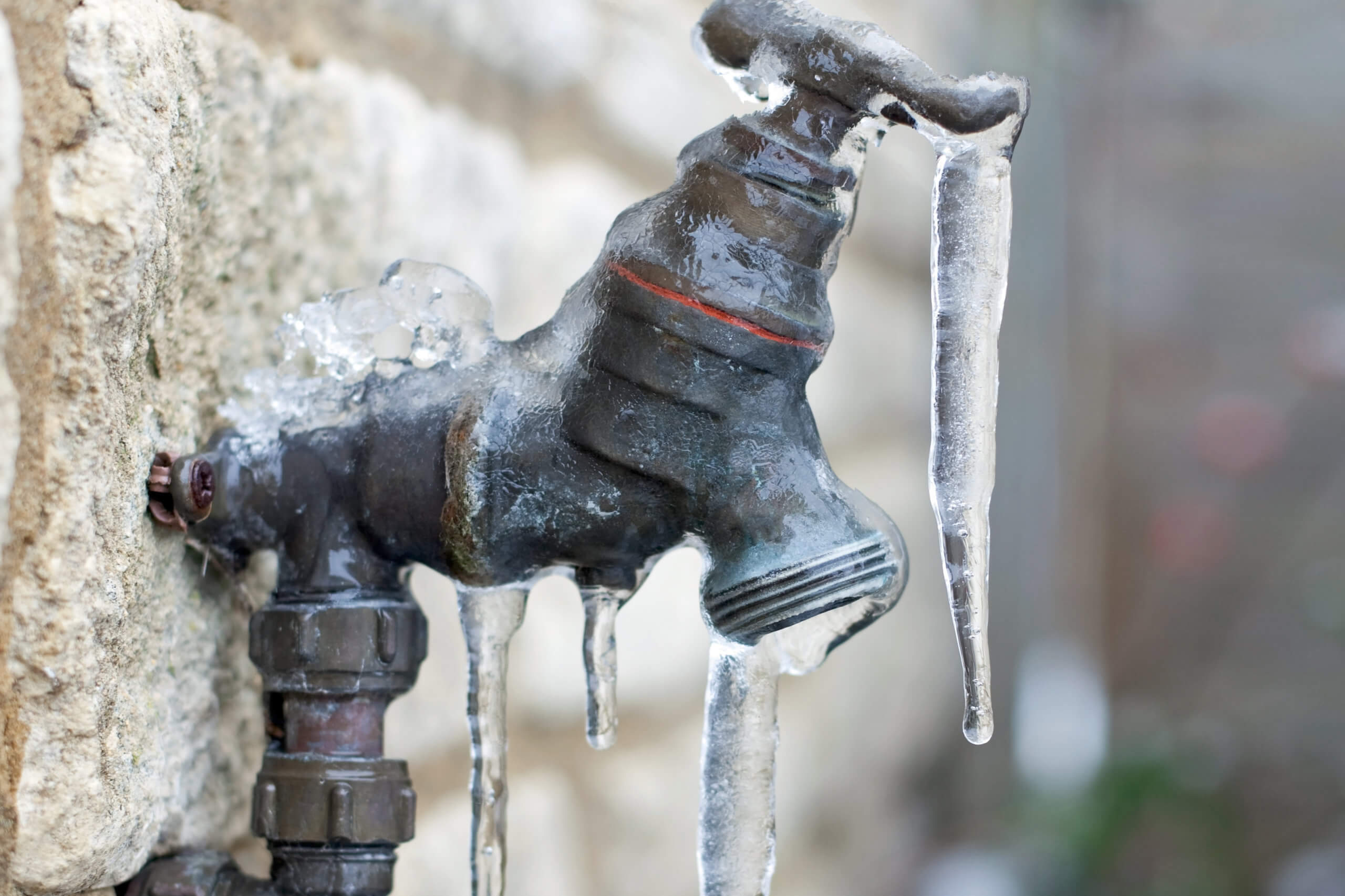Ways to Prevent Frozen Pipes in Cold Weather: Professional Guidance
Ways to Prevent Frozen Pipes in Cold Weather: Professional Guidance
Blog Article
What are your thoughts on Helpful Tips to Prevent Frozen Pipes this Winter?

Cold weather can damage your pipes, especially by freezing pipes. Below's how to prevent it from taking place and what to do if it does.
Intro
As temperature levels decrease, the danger of icy pipelines rises, potentially leading to pricey repairs and water damage. Understanding how to prevent frozen pipes is vital for homeowners in cool environments.
Comprehending Frozen Pipelines
What creates pipes to ice up?
Pipelines freeze when revealed to temperature levels listed below 32 ° F (0 ° C) for expanded durations. As water inside the pipes ices up, it increases, putting pressure on the pipeline walls and potentially triggering them to break.
Dangers and damages
Frozen pipelines can cause supply of water disturbances, property damage, and pricey repair work. Ruptured pipes can flooding homes and trigger comprehensive structural damage.
Indications of Frozen Pipes
Identifying frozen pipes early can avoid them from bursting.
How to identify frozen pipes
Seek reduced water circulation from faucets, unusual smells or sounds from pipes, and noticeable frost on revealed pipelines.
Prevention Tips
Protecting at risk pipes
Cover pipes in insulation sleeves or make use of heat tape to shield them from freezing temperatures. Concentrate on pipelines in unheated or exterior areas of the home.
Home heating techniques
Maintain indoor spaces adequately warmed, especially areas with plumbing. Open cupboard doors to permit warm air to distribute around pipelines under sinks.
Protecting Outside Pipes
Garden hose pipes and outside faucets
Disconnect and drain yard hose pipes prior to winter months. Set up frost-proof faucets or cover outside faucets with insulated caps.
What to Do If Your Pipelines Freeze
Immediate actions to take
If you presume frozen pipelines, maintain taps open up to soothe stress as the ice thaws. Make use of a hairdryer or towels taken in hot water to thaw pipelines gradually.
Long-Term Solutions
Structural changes
Take into consideration rerouting pipelines far from outside wall surfaces or unheated areas. Add extra insulation to attics, basements, and crawl spaces.
Upgrading insulation
Buy top quality insulation for pipes, attic rooms, and walls. Appropriate insulation helps keep regular temperatures and minimizes the danger of frozen pipes.
Verdict
Protecting against frozen pipelines calls for proactive steps and fast feedbacks. By understanding the reasons, indicators, and safety nets, home owners can shield their pipes during cold weather.
6 Proven Ways to Prevent Frozen Pipes and Protect Your Home
Disconnect and Drain Garden Hoses
Before winter arrives, start by disconnecting your garden hoses and draining any remaining water. Close the shut-off valves that supply outdoor hose bibs and leave the outdoor faucet open to allow any residual water to drain. For extra protection, consider using faucet covers throughout the colder months. It’s also important to drain water from any sprinkler supply lines following the manufacturer’s directions.
Insulate Exposed Pipes
Insulating your pipes is an effective way to prevent freezing. Pipe insulation is readily available at home improvement stores and is relatively inexpensive. Pay close attention to pipes in unheated areas such as the attic, basement, crawl spaces, or garage. Apply foam insulation generously to create a buffer against the cold. You can also wrap your pipes in heat tape or thermostat-controlled heat cables for added warmth.
Seal Air Leaks
Inspect your home for any cracks or openings that could let in cold air. Seal any holes around the piping in interior or exterior walls, as well as the sill plates where your home rests on its foundation. Additionally, make sure to keep your garage door closed unless you’re entering or exiting. Leaving it open creates a significant air leak that can lead to frozen pipes.
Allow Warm Air Circulation
During cold snaps, it’s essential to allow warm air to circulate evenly throughout your home. Leave interior doors ajar to promote better airflow. Open kitchen and bathroom cabinets to help distribute heat consistently around the rooms. If you have small children or pets, be sure to remove any household chemicals or potentially harmful cleaners from open cabinets for safety.
Let Faucets Drip
A small trickle of water can make a big difference in preventing ice formation inside your pipes. When temperatures drop significantly, start a drip of water from all faucets served by exposed pipes. This continuous flow helps prevent the water from freezing. Additionally, running a few faucets slightly can relieve pressure inside the pipes, reducing the chances of a rupture if the water inside does freeze.
https://choateshvac.com/6-proven-ways-to-prevent-frozen-pipes-and-protect-your-home/

We were made aware of that report about How to Prevent Your Pipes From Freezing through a pal on a different web blog. Appreciated our content? Please share it. Help others check it out. Thanks a lot for your time. Please stop by our site back soon.
Book Services Report this page